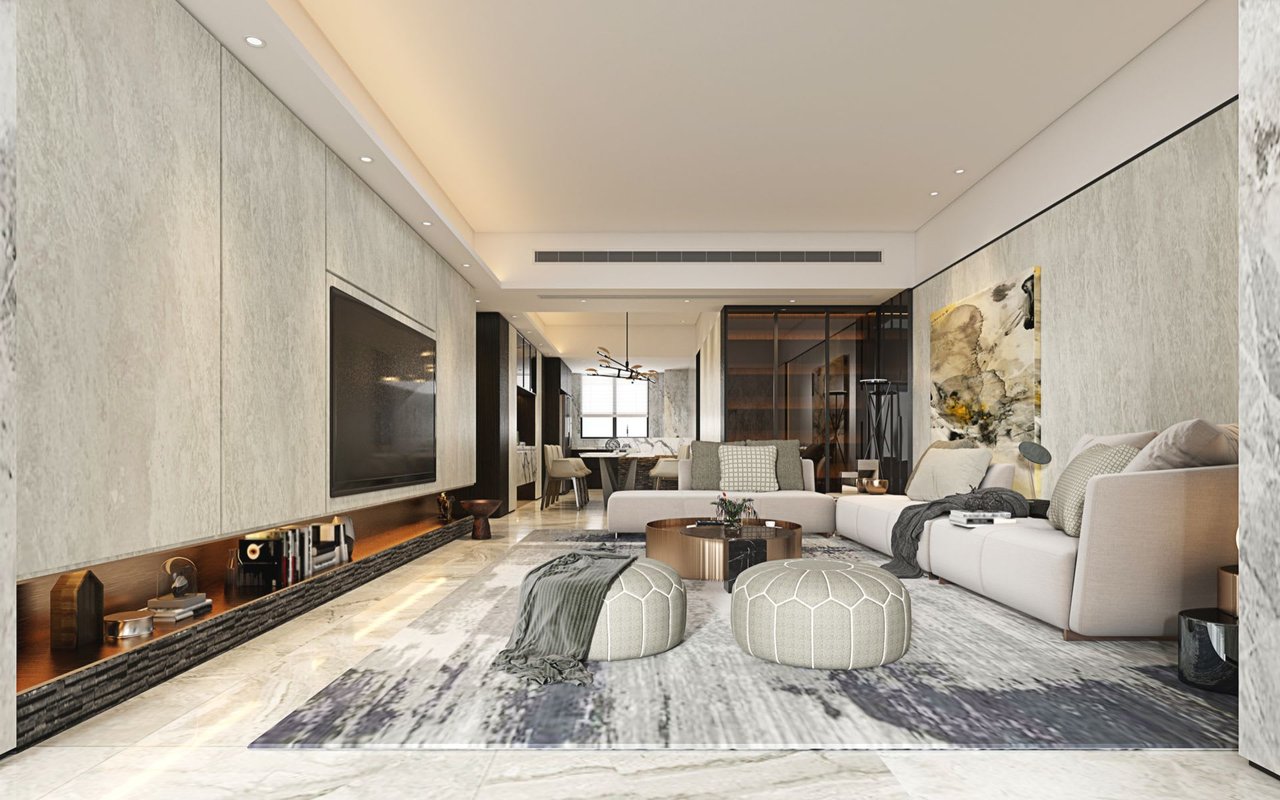When I was in college I lived in downtown Seattle and I didn’t have a car, nor did I need one. I was a perfect candidate... I worked at Nordstrom, I took the bus to the University of Washington daily (they provided a free Metro pass with tuition) and most of my friends lived nearby. This situation is perfect... until you had to go get groceries, or get to Federal Way to visit family, or handle any number of crisis’s.
Then one day I got to the point where I needed a car. I felt like I was wasting time using transit to get to work, but nearby parking spaces were limited. I had to get on a waiting list for a parking spot and once I did get a spot, it cost $125 per month! I now live on North Beacon Hill, right next to the Light Rail Station. It’s a very nice community, close to the Jefferson Park and Golf Course, and is perfect for someone working in the Downtown Seattle core.
Seattle is a large, growing city. Amenities that might be important to someone may not be necessarily close by, or accessible by transit.
In downtown Seattle, and areas near public transit stops, many new apartment buildings do not provide enough parking spaces. Under rules first adopted about a decade ago, apartments built near frequent transit service don’t have to include parking. Many developers are relying on old regulations and aim to drive down their construction costs and build more housing, faster.
Developers argue that many renters use public transit and choose to be car-free, and the city reports that roughly 40-48% of renter households already get around without owning cars. Research has also found that many parking spaces in the city go un-used. With parking stalls averaging $30,000 to $50,000 per stall to construct, there is major confusion on if more parking is truly needed in Seattle.
Exacerbating this problem is the proliferation of micro-apartments. First found on the Seattle market in 2009, micro-homes average about 140 sf (300 sf is the dividing line between a micro-unit and a normal studio apartment). These units may be small, but they afford students and professionals an opportunity to live centrally (rather than in the suburbs or living with roommates) with shared common spaces for mingling. Demand for micro-apartments in Seattle is high, as renters search for cheaper places to live amid rising rents. The Seattle Times reported that in 2015 there were 1,600 micro-units in the pipeline, making Seattle the national leader in the trend. And in many cases, with more micro-units, comes more cars.
Now that I am a homeowner, living in a residential neighborhood, I can see that when a micro-apartment building goes up in your neighborhood, suddenly your neighborhood is overrun with parked cars. The neighborhood is then stuck with providing parking spaces for the renter's cars, instead of providing parking to customers that are trying to explore the different restaurants and amenities that the neighborhood offers.
Offering these parking spaces to visitors of the neighborhood would add more value to my property since the local business would be thriving. In real estate, we are always trying to forecast value in property based on its location. We must now add, in our value-added process, the negative effects that micro-apartments will have on the decline of a neighborhood.


